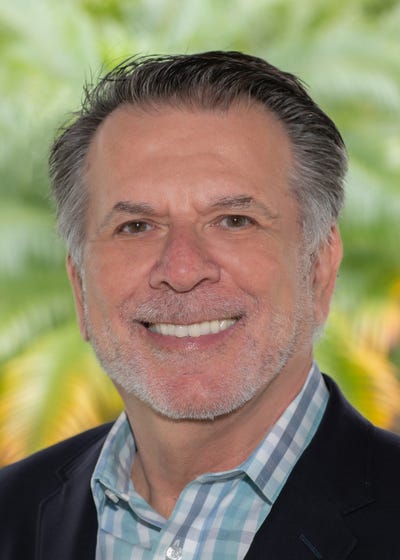Is Financial Wellness a Siren’s Call for DC Plans?Is Financial Wellness a Siren’s Call for DC Plans?
All the pieces seem to be in place, which makes industry failure that much more frustrating.

Financial wellness has been a siren’s call for the defined contribution industry - very appealing but so far mostly bad or disappointing results. Though the need and opportunity are enticing, so far no one has been able to solve two big issues without which success will continue to be elusive.
The needs are overwhelming. Participants that cannot afford personalized advice need help with finances and the workplace seems like the ideal place with better access, data and protection than the consumer market. Fighting the war for talent, employers need tools to recruit and retain workers while relieving employee stress and increasing productivity.
Retirement plan advisors and providers need to monetize participant relationships either through financial services or other worksite benefits as plan level fees continue to decline.
All the pieces seem to be in place which makes industry failure that much more frustrating. The parts are strewn on the floor but with no instructions or help center.
The two biggest issues are lack of engagement and a viable revenue model.
We build financial wellness tools we think will solve the problems, but we have not figured out how to get workers who have access to engage. And until someone is willing to pay, the prospects for these tools are limited.
There are other challenges:
Record keeper platforms are built on 1990s technology. Adding apps and improving user interfaces has only masked the fundamental problem;
Most record keepers are unwilling or unable to share participant data either because of liability or because they hoard it. The dirty secret is that record keeper data is limited, dirty and hard to extract; and
Most RPAs do not have a viable wealth management business while most wealth managers do not have or want to develop a retirement plan business. Neither has developed a viable model to serve the less affluent.
But the opportunities are overwhelming:
110 million DC accounts;
$13.2 trillion in IRAs which emanate from the $10.4 trillion in DC assets;
In-plan retirement income as Baby Boomers retire; and
Critical needs by plan sponsors and participants which can elevate RPAs above the commoditized Triple F services.
Is there hope?
Some record keepers like Fidelity, Schwab and Vanguard have figured out how monetize IRA rollovers and other wealth management services – the latter two are the largest robo advisor. Empower sees opportunities to leverage Personal Capital - UBS recently bought WealthFront.
CAPTRUST uses advice to uncover and monetize mass affluent and high net worth participants. Some broker dealers, who have both plan and personal investment capabilities, are trying to synthesize them not treating DC plans like a stepchild.
Institutional investment consultants who have shifted to a OCIO model are starting to look for tech solutions to engage and monetize their massive participant bases.
And then there are the fintechs – some are record keepers like Vestwell built on new technology and willing to share data. Others are trying to partner with providers but the progress is very slow as they navigate access to data, clunky technology, regulations and risk managers. RPAs, especially Aggregators, are an appealing market but they still need the cooperation of providers. Plan sponsors, especially the very large ones, have more clout.
It's too early to give up and the opportunity is too immense and important to ignore but let’s get real. Until we solve the engagement and revenue model challenges we cannot even begin to tackle the data, technology and other issues which are much more manageable.







